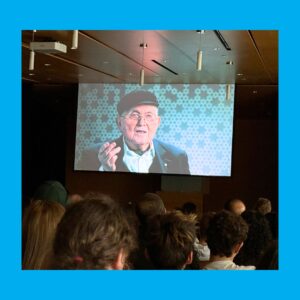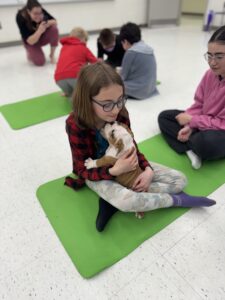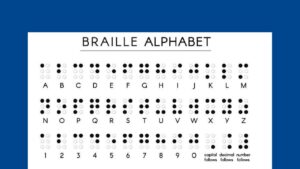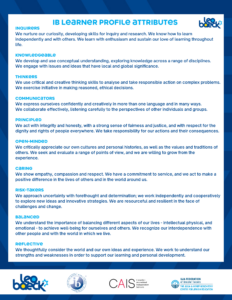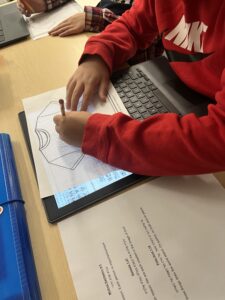 Last October, after we had put away our orange shirts for the season, we took time to reflect on the learning in our school leading up to the National Day for Truth and Reconciliation. My work with teachers across Canada suggested that in every school and school board, educators are asking themselves similar questions to those that came up in our staff room and hallways.
Last October, after we had put away our orange shirts for the season, we took time to reflect on the learning in our school leading up to the National Day for Truth and Reconciliation. My work with teachers across Canada suggested that in every school and school board, educators are asking themselves similar questions to those that came up in our staff room and hallways.
Do students and teachers know WHY we wear orange shirts on the National Day for Truth and Reconciliation?
Do we have a shared understanding of how this learning will help students shape a more equitable and caring community for all people?
How can we prioritize respectful and reciprocal relationships in our education for Truth and Reconciliation?
And importantly, how does teaching every day in our school reflect a sincere and ongoing commitment to our goals?
I’ve had the opportunity to learn from some amazing educators about the work they are doing. To promote hands-on learning, teachers are creating opportunities for students to do things like planting and harvesting traditional medicines in school gardens, practicing environmental stewardship with Indigenous educators, and learning about Indigenous ways of knowing through storytelling, and discovering Land as a teacher through experiences in nature. The most successful initiatives that I’ve seen all seem to have one thing in common, a focus on developing strong, respectful and reciprocal relationships with Indigenous experts.
In May, as we considered our plans for this school year, we decided that we could take one small action to improve the way that we recognize the National Day For Truth and Reconciliation. For a few years, we had been considering creating our own design for an orange shirt to mark the day, and we wanted to be sure that there was an authentic learning driving the process. Our Grade five students had done a lot of learning about the history and legacy of the Residential School system with their Language Arts teacher, and we were confident that they would be able to apply their learning to the design of the shirt for the school community. We gave them these criteria:
- The design had to align with the goals of the Orange Shirt movement inspired by the story of Phyllis Webstad.
- The design had to reflect our own specific school community.
- The design had to be created using design elements for powerful and clear communication.
We reached out to Jennica Robinson at Design De Plume, a women-led, Indigenously-owned design team that creates inclusive and accessible designs for social good. Jennica was enthusiastic in meeting our students over Zoom and guiding them in their design work. She shared her expertise and helped students understand the importance of Orange Shirts and the nature of allyship.
This project encouraged students to think critically about inclusivity, the power of language and the cultural importance of signs and symbols. Each student made an initial design that reflected the agreed-upon criteria and, together, we identified the visual and symbolic elements that best reflected our vision. In the end, the experience of working in collaboration with Jennica became a rich source of learning, evidence that relationship should be at the heart of our learning every day.
by: Daniel Abramson, Tikkun Project Curriculum Development Director

